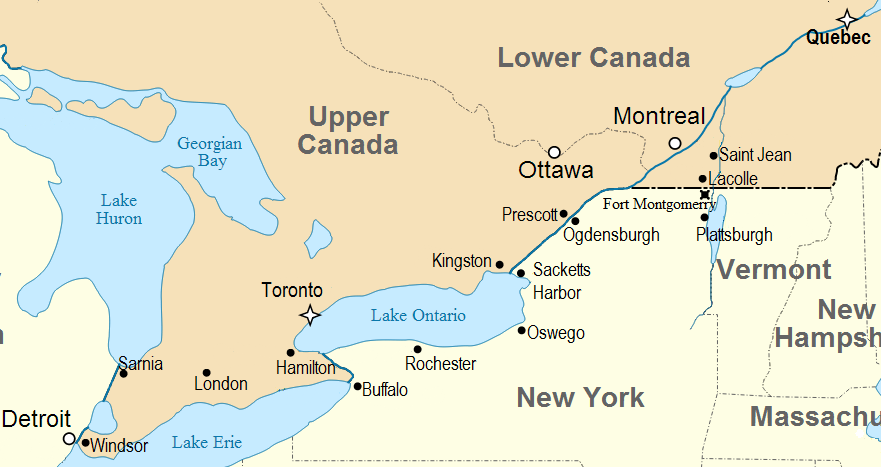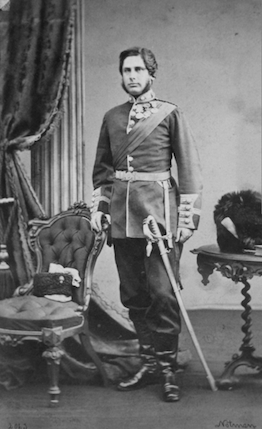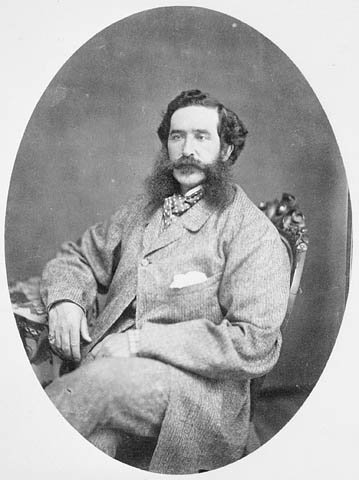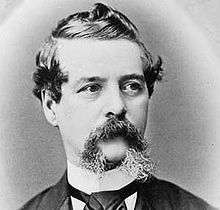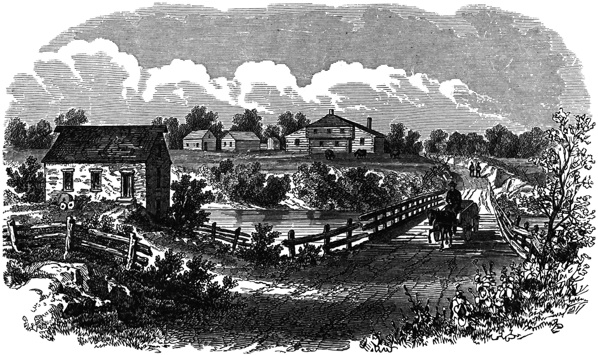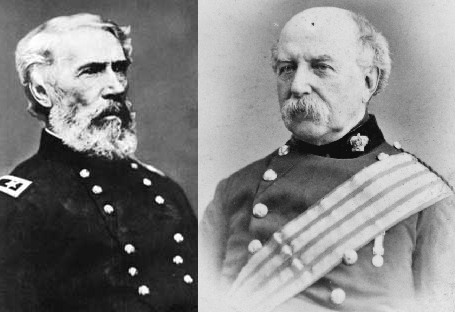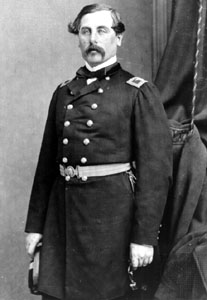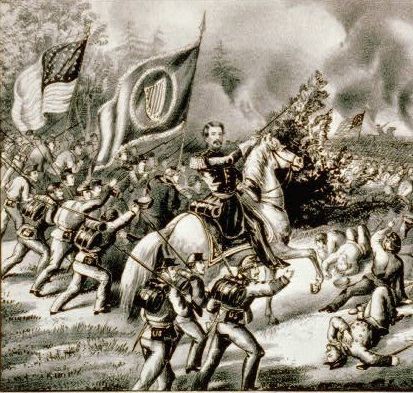we should probably clarify the various definitions above
"1.
Aggregate Present and Absent: all living men currently carried on the rolls of a unit
This would include men in camp, on leave, in hospitals, serving on details, prisoners of war, deserters, and long-term convalescents. Obviously this number really means nothing in terms of how many men were involved in a campaign or battle.
2.
Aggregate Present: all the men of a unit who were within the camps of the army or detachment in question
Newton mentions that this term is sometimes used (incorrectly) as a synonym for “ration strength”. This term includes quite a few men who would never see battle, including “those under arrest, detailed as teamsters, clerks, and cooks, or the mildly sick and slightly wounded who had not been shipped off to hospitals in the rear.” Newton mentions that in some cases where a large sample size exists, you can try to estimate a PFD strength for the whole army by taking the ratio of known aggregate present to PFD ratios for units in an army or department and applying that ratio to the whole army. However, he stresses that this is “slippery ground”, due to the different ways each commander used this term. He calls the use of this process a “guesstimate”, and he only uses it in his study when no other way is possible.
3.
Present for Duty (PFD): all the officers and men of a unit who marched into combat, and therefore did include a number of noncombatants, such as stretcher-bearers, musicians, and couriers
Newton says this category “most consistently attempted to record the number of men actually ready to participate in battle.” He calls PFD (and I bold part of this for reasons that will soon become clear) “the best
consistent standard by which to measure the relative strengths of the opposing armies.”
4.
Present For Duty, Equipped: A Union term meaning all officers and men who actually went into battle with appropriate weapons and accouterments
This term was used at the start of the war, but it was gradually phased out during the first two years, and PFD numbers were reported instead on the Union side.
5.
Effectives: Confederate term for the number of enlisted men directly in the line of battle, excluding officers, stretcher bearers, and sometimes even senior NCOs or file closers
Newton notes that “effective numbers would therefore be among the lowest strengths reported for a unit, and would not accurately reflect the effectiveness of manpower mobilization.” Confederate leaders tended to count their men in terms of effectives throughout the war."
from here
http://www.brettschulte.net/CWBlog/...ing-at-civil-war-troop-numbers-for-wargaming/
yes a blog but it cites sources and is handy in terms of providing definitions
a bit more on the subject
"
Now that the definitions are out of the way, we need to talk about the use of these terms by either side. After the war, a lot of the “Lost Cause” historians such as Jubal Early and Walter Taylor tended to compare Union PFD numbers versus Confederate Effectives. This had the effect of making the disparity in numbers greater than it truly was. In effect, these men were comparing apples to oranges. Thomas Livermore (and Newton in his research for
Lost For The Cause) found that with “amazing consistency”, you can compare PFD and Effectives. They found that typically effectives represented 93% of
enlisted PFD strength in the infantry and artillery, and 85% of the
enlisted strength for the cavalry. They go on to say that 6.5% should be added to the enlisted PFD strength to account for officers. The formulas, as found on page 23 of Newton’s book, are as follows:
infantry/artillery: (effectives/.93) * 1.065 = PFD
cavalry: (effectives/.85) * 1.065 = PFD
Newton says that this method works with “astounding accuracy” when applied to known Confederate PFD and effective numbers in 1864, and that at the very least it results in a much better comparison than Union PFD versus Confederate effectives. I’m not in a position to agree or disagree with these gentlemen as far as the accuracy of this method goes. I simply present it here as their educated opinion on the subject, and I am inclined to trust their methods for use in counting heads for wargaming purposes."
Now when Saph and others talk about Union Present For Duty, that really only matters when or if they are able to count what the Confederates, Canadians or British Army was able to have 'present for duty'. We have some information on the Confederates but the only information likely to be available for a British Army in wartime conditions would be from Crimea (as it is similar in that it was fought in a temperate zone). Present for duty numbers would likely be less in India (tropical diseases and other conditions) while later period numbers (say from the 2nd Boer War) would reflect significant advances in medicine between 1862 and 1900. (although non combat losses were bad well into World War I and even World War II)
Note that aggregate present number includes temporary sick but more importantly, those attached to the 'tail' of the army, such as teamsters, orderlies etc as well as those only temporarily absent. If you look at numbers for POWs held (both waiting for parole or in enemy hands and going to be paroled) you can subtract them from the Aggregate present numbers and likely have a pretty good feel for the actual strength of the Union Army at any time. Those numbers are likely available somewhere.
Present for duty is a good measure for a BATTLE or CAMPAIGN but a false measure for the general strength of the ARMY AS A WHOLE. It only looks at combat strength on the line for a specific campaign or battle. While better than 'effectives' (which doesn't count officers for example) an army is not just teeth. All armies of this era have a tail too. Combat and general support does matter in this era.
The source cited above does give an example.. 2nd Manassas
so really the best way to count heads is to take aggregate present, subtract those held as POWs, deduct the sick list and that is probably as close as we can get to what the number of troops available for service actually is for the Union (or any other army), from skirmishers to buglers to teamsters to medical orderlies to officers both command and staff.

